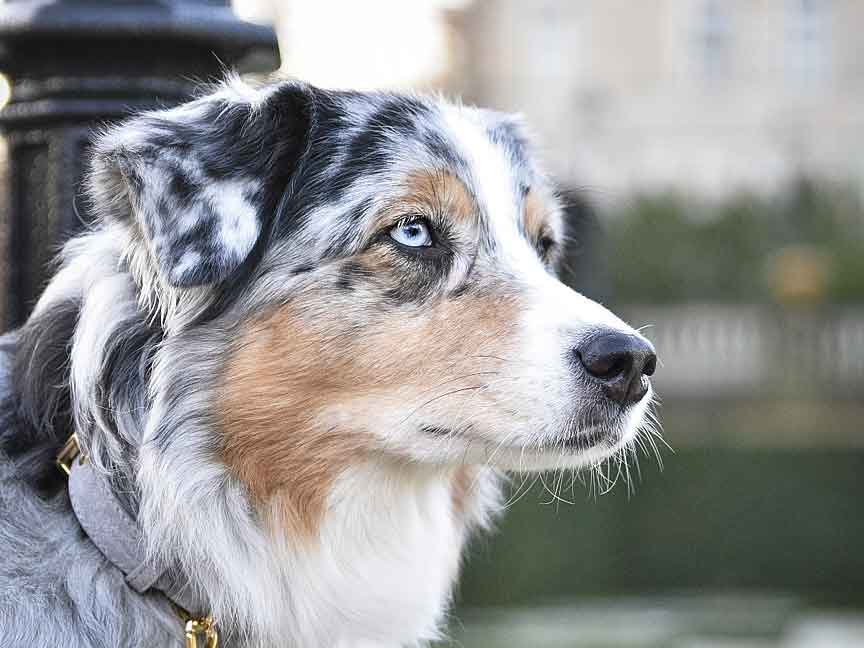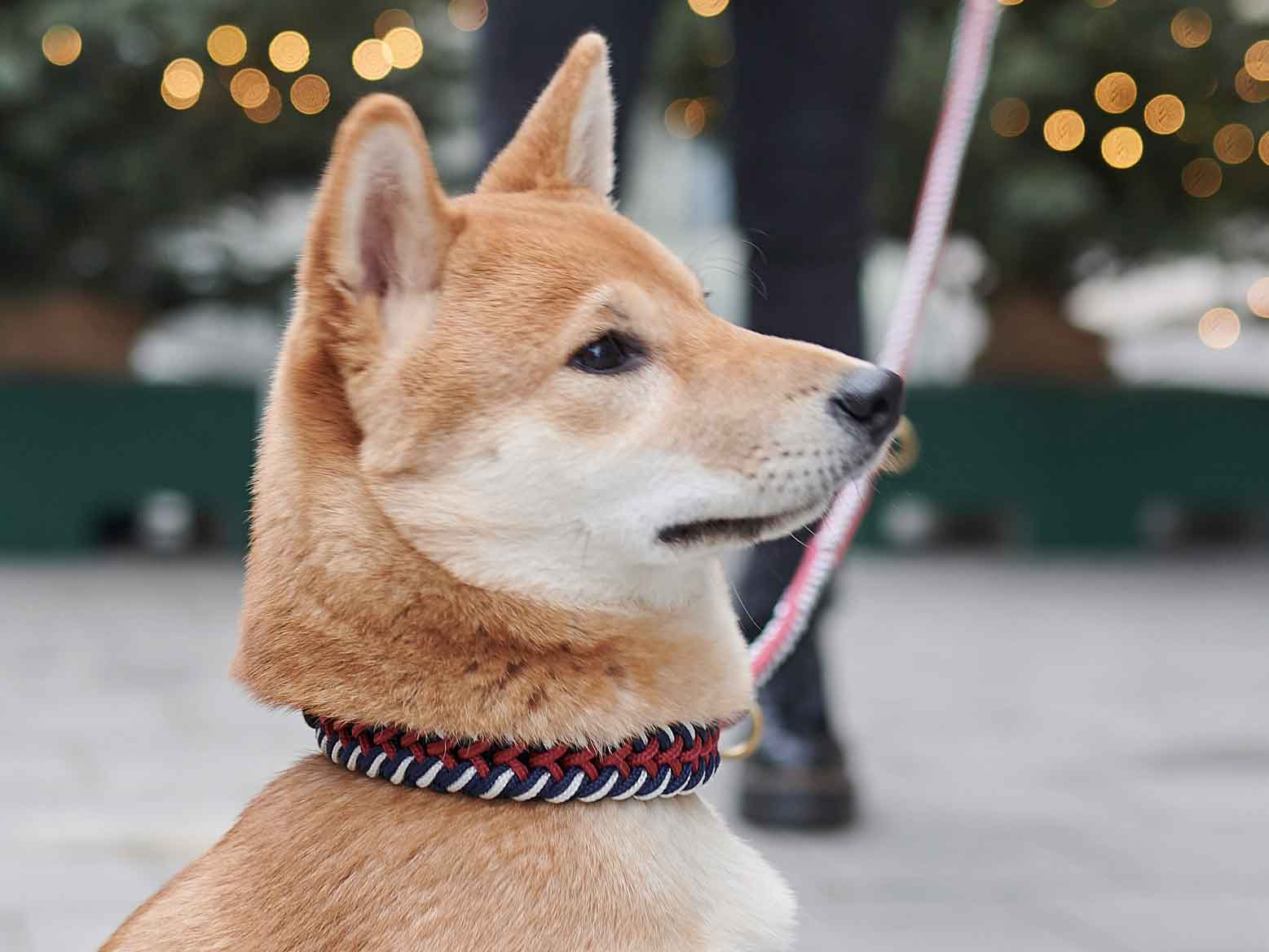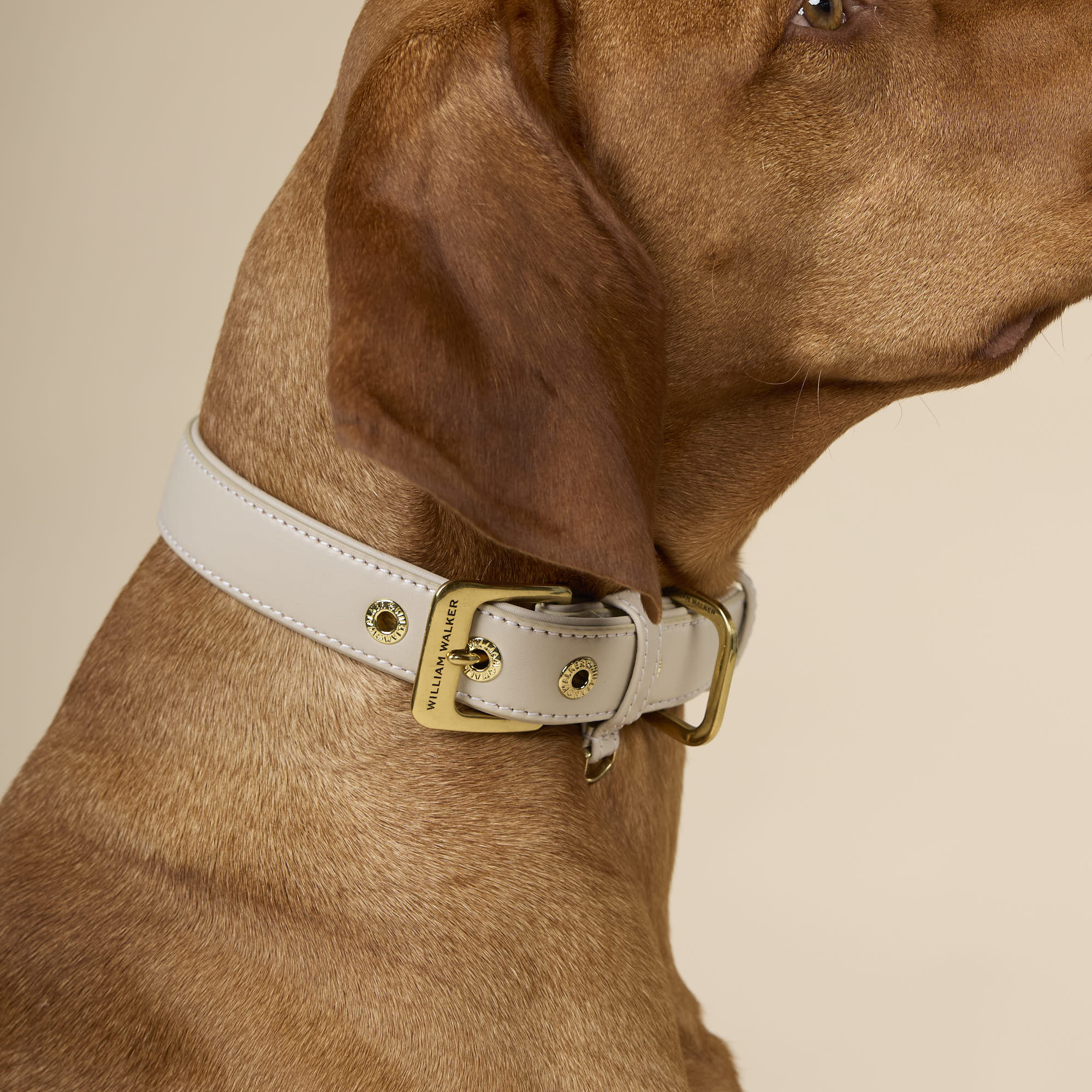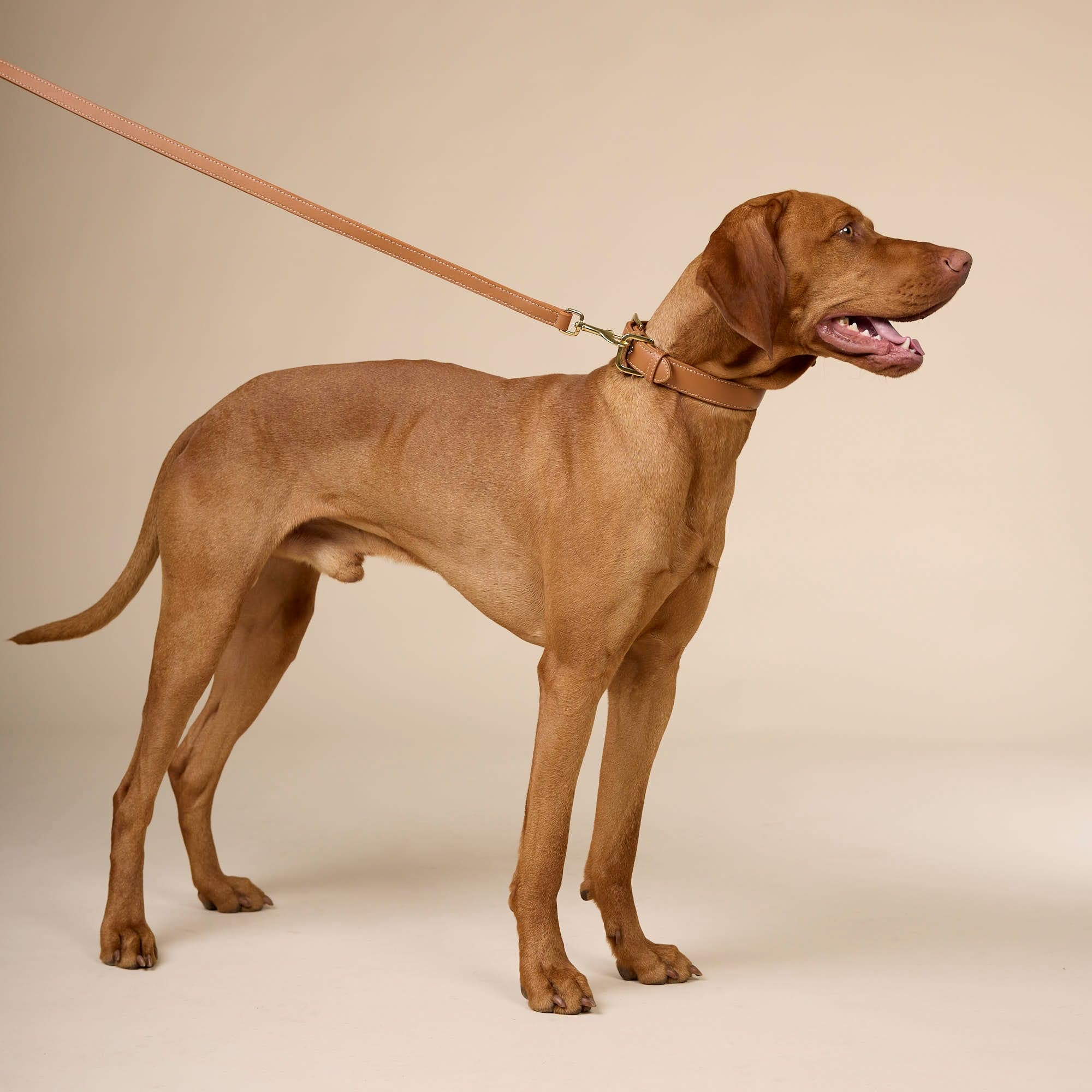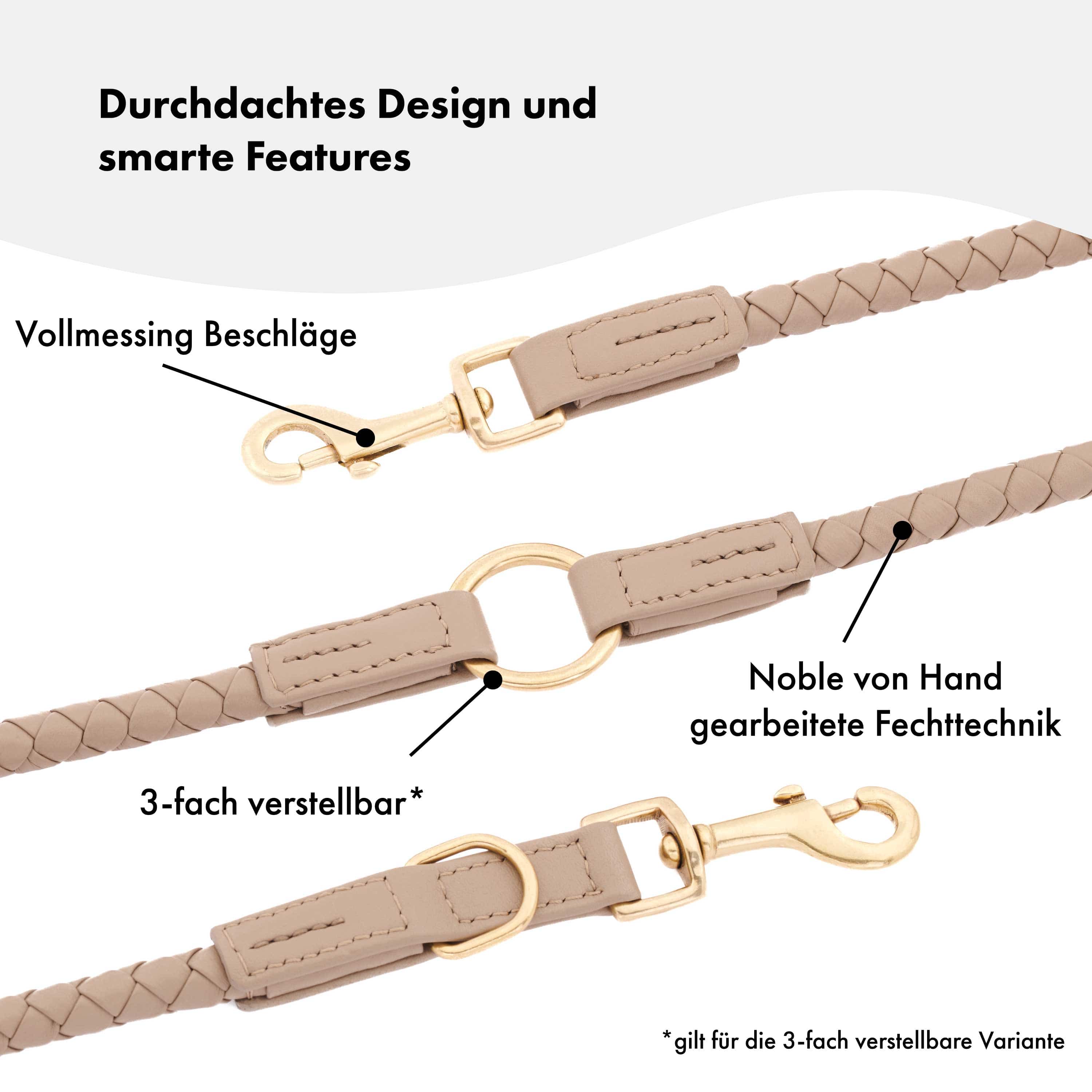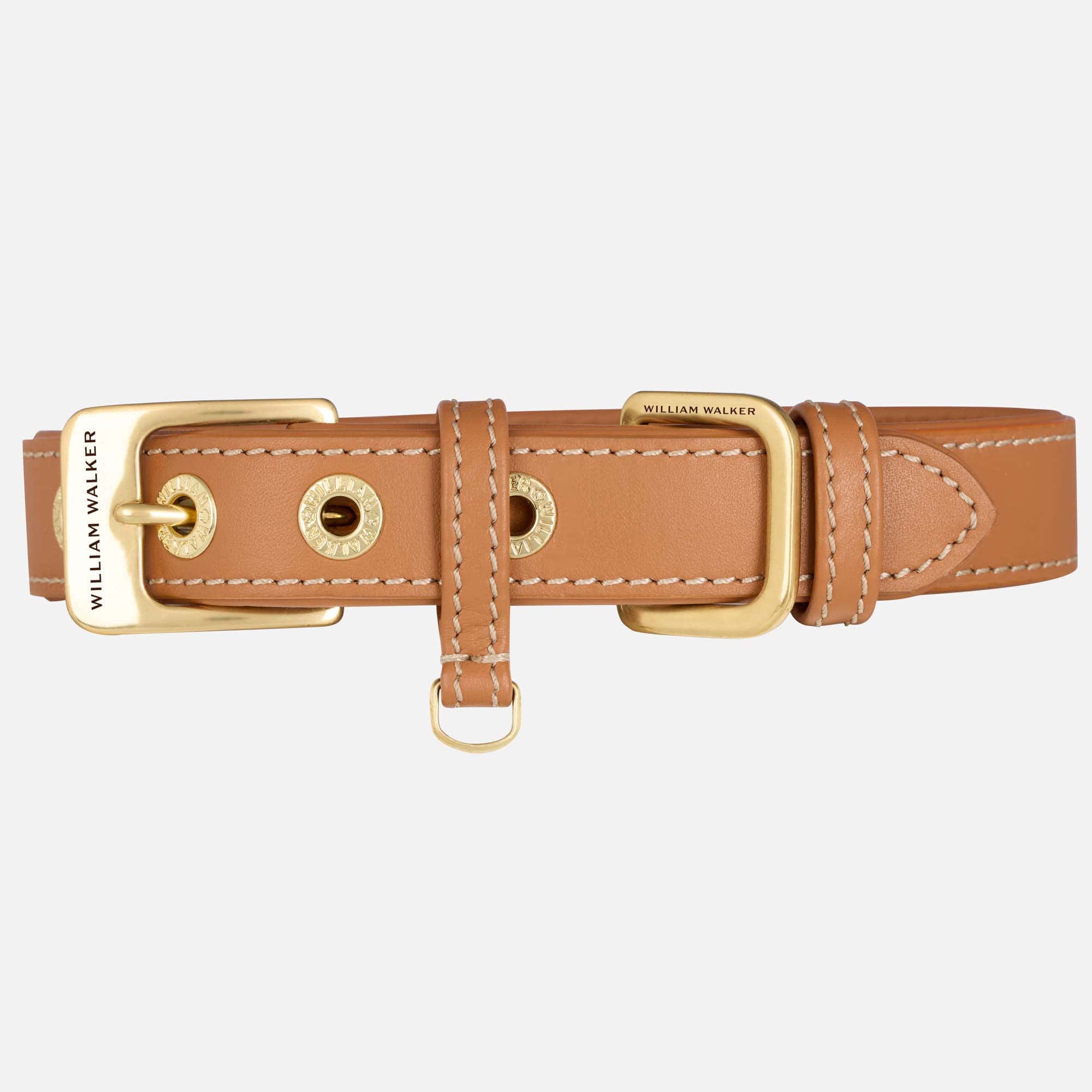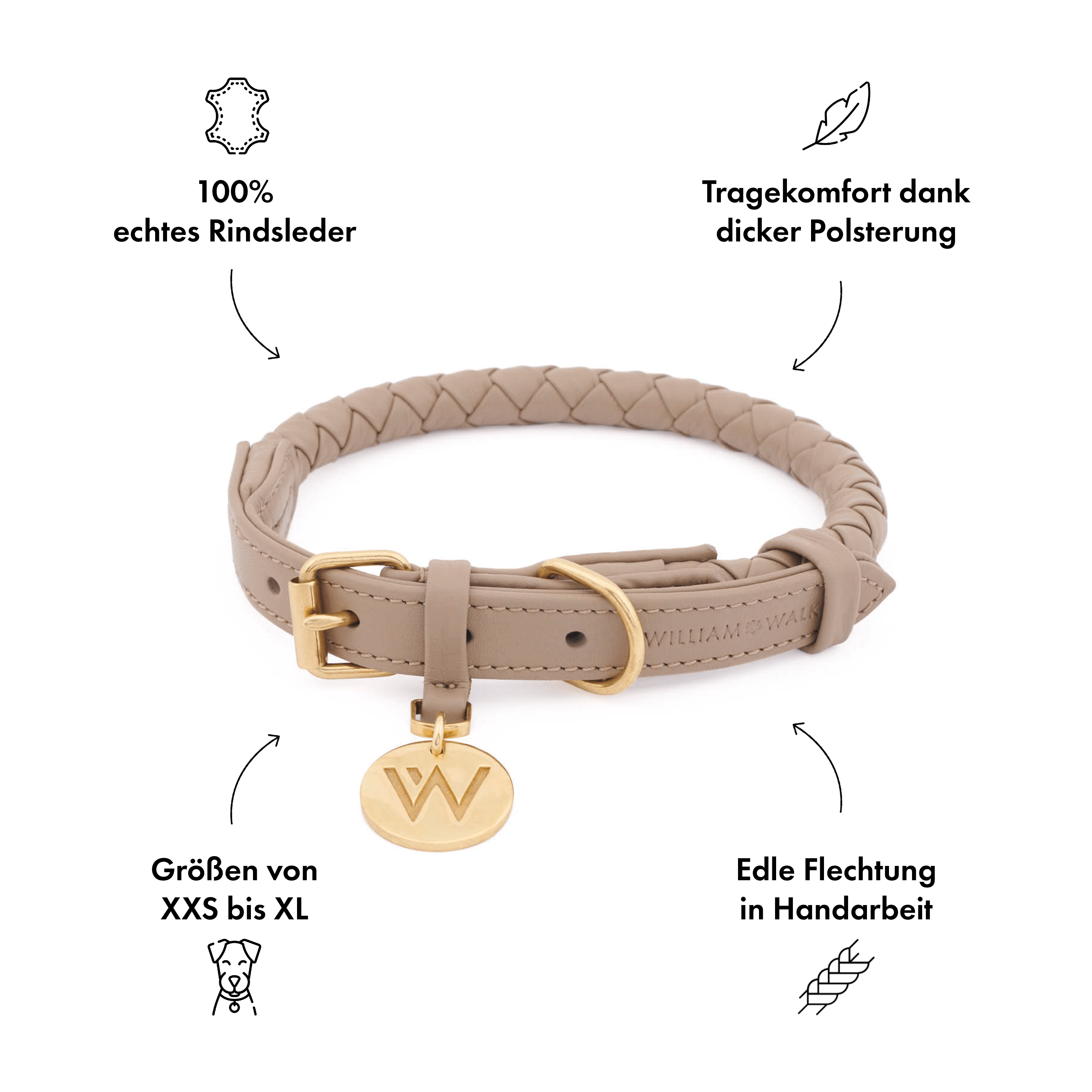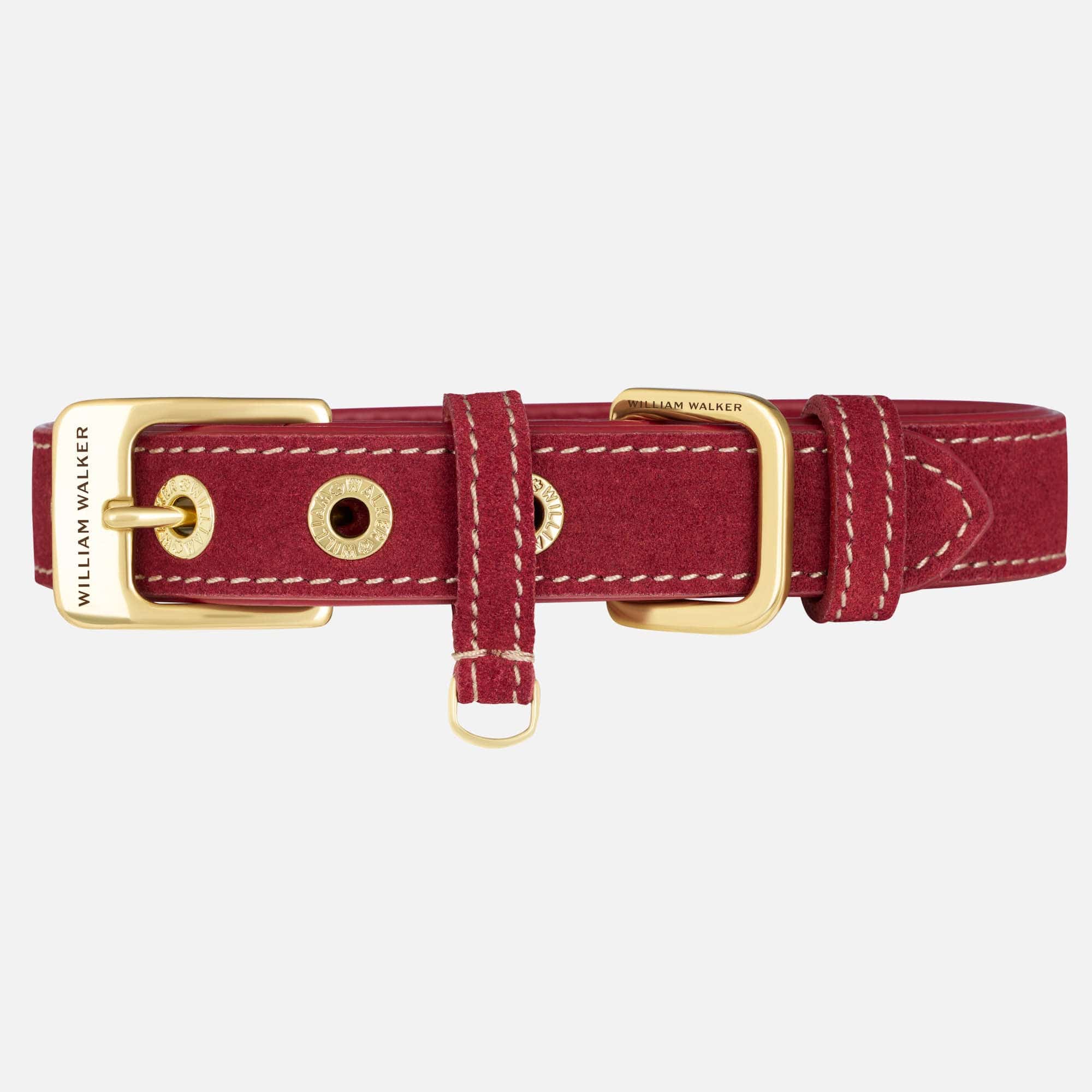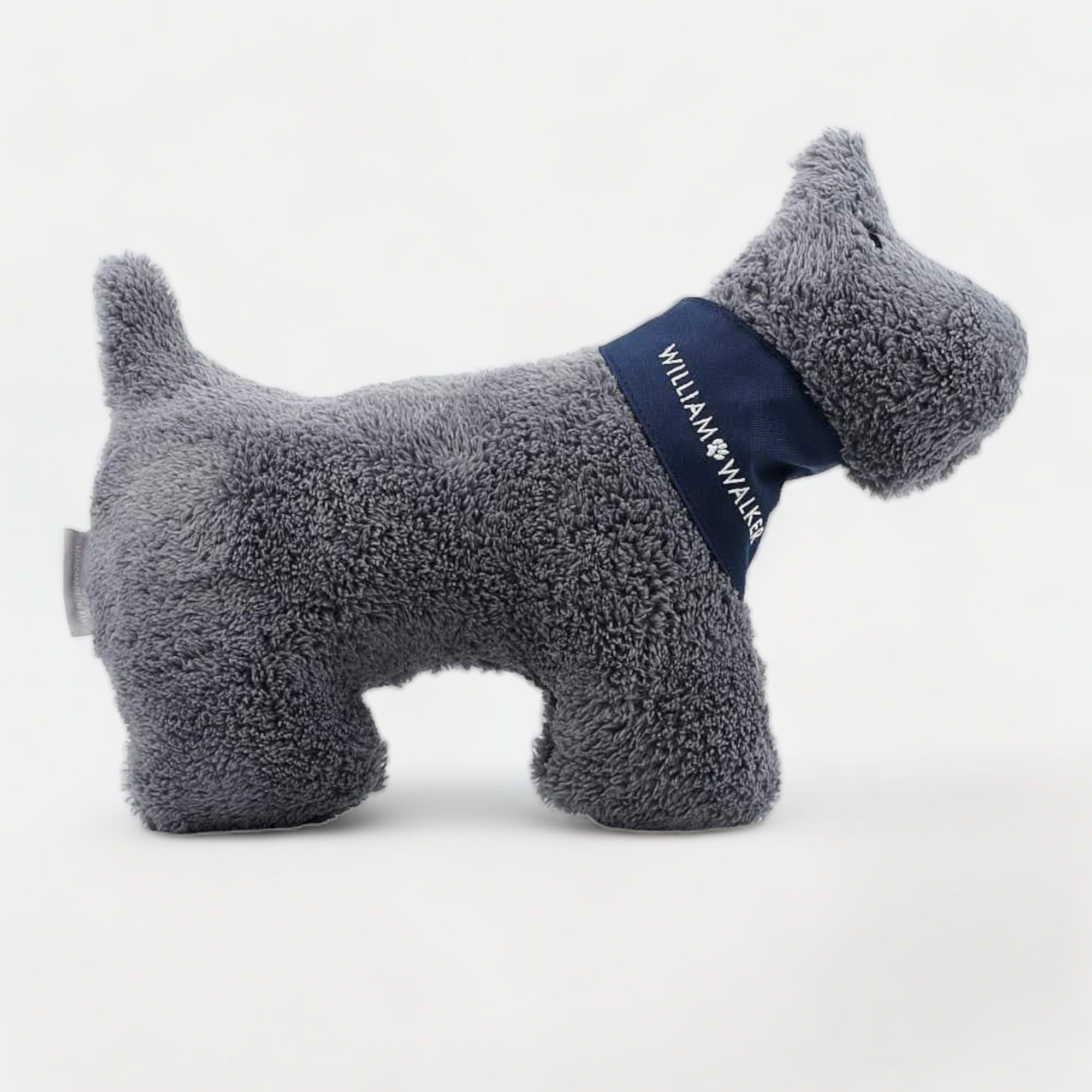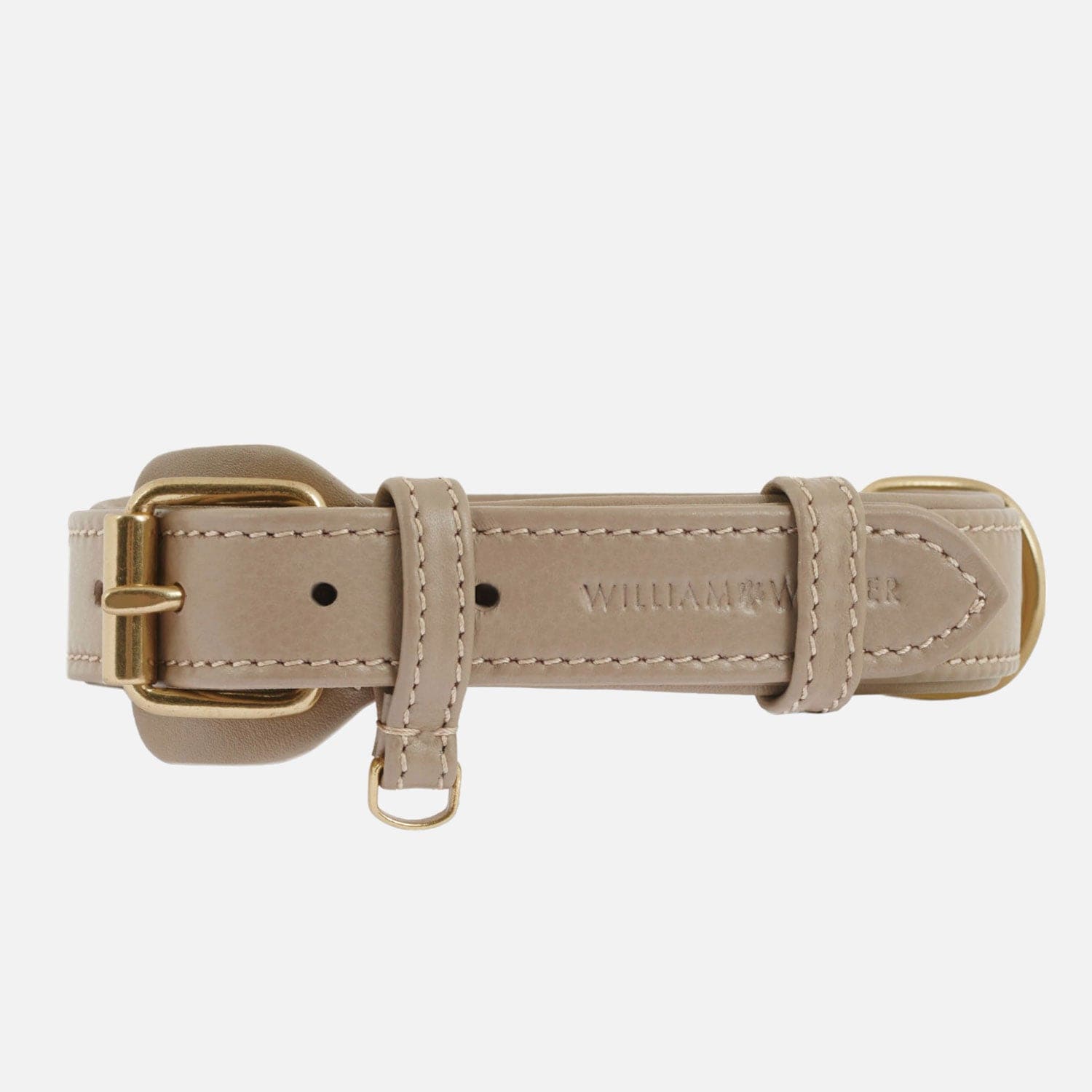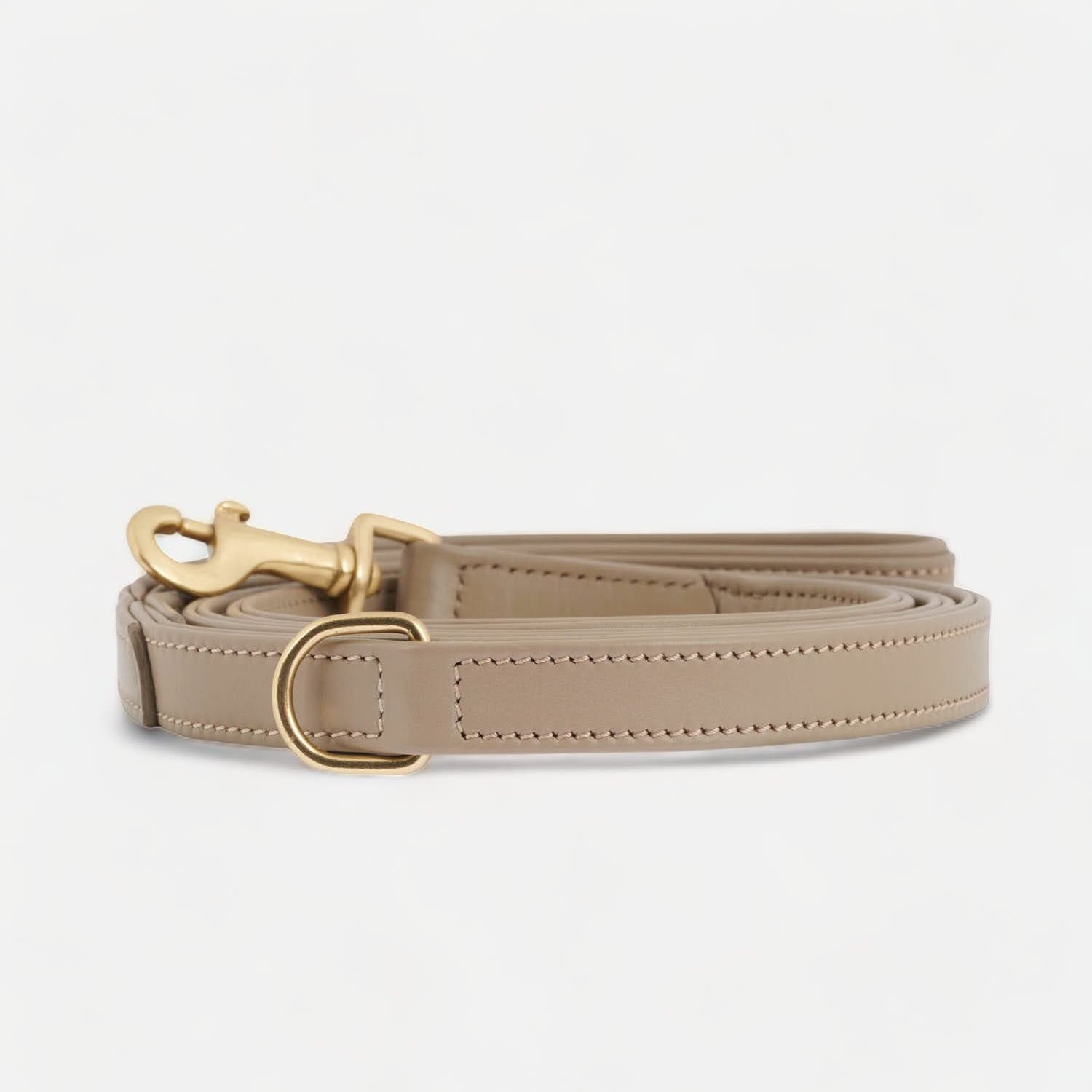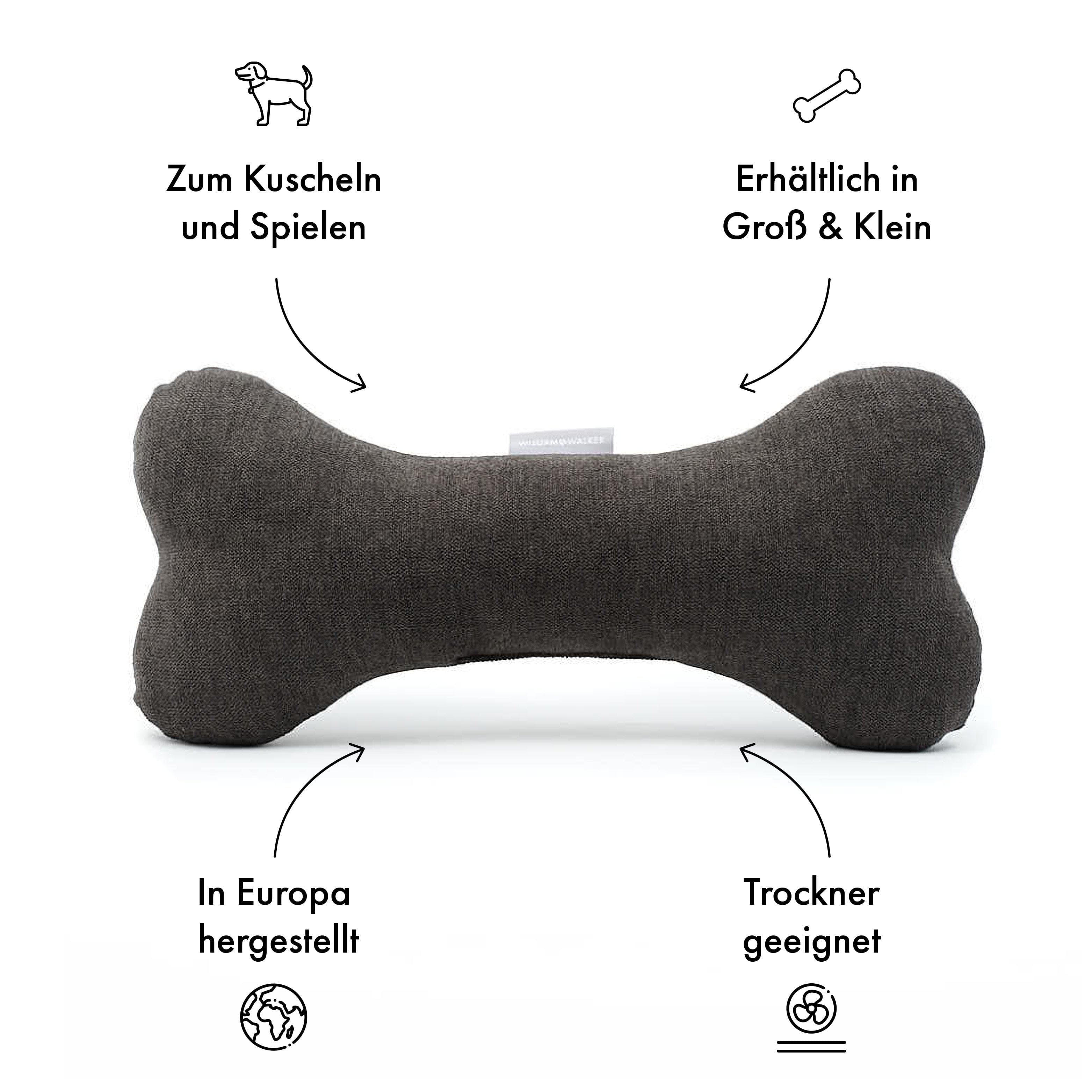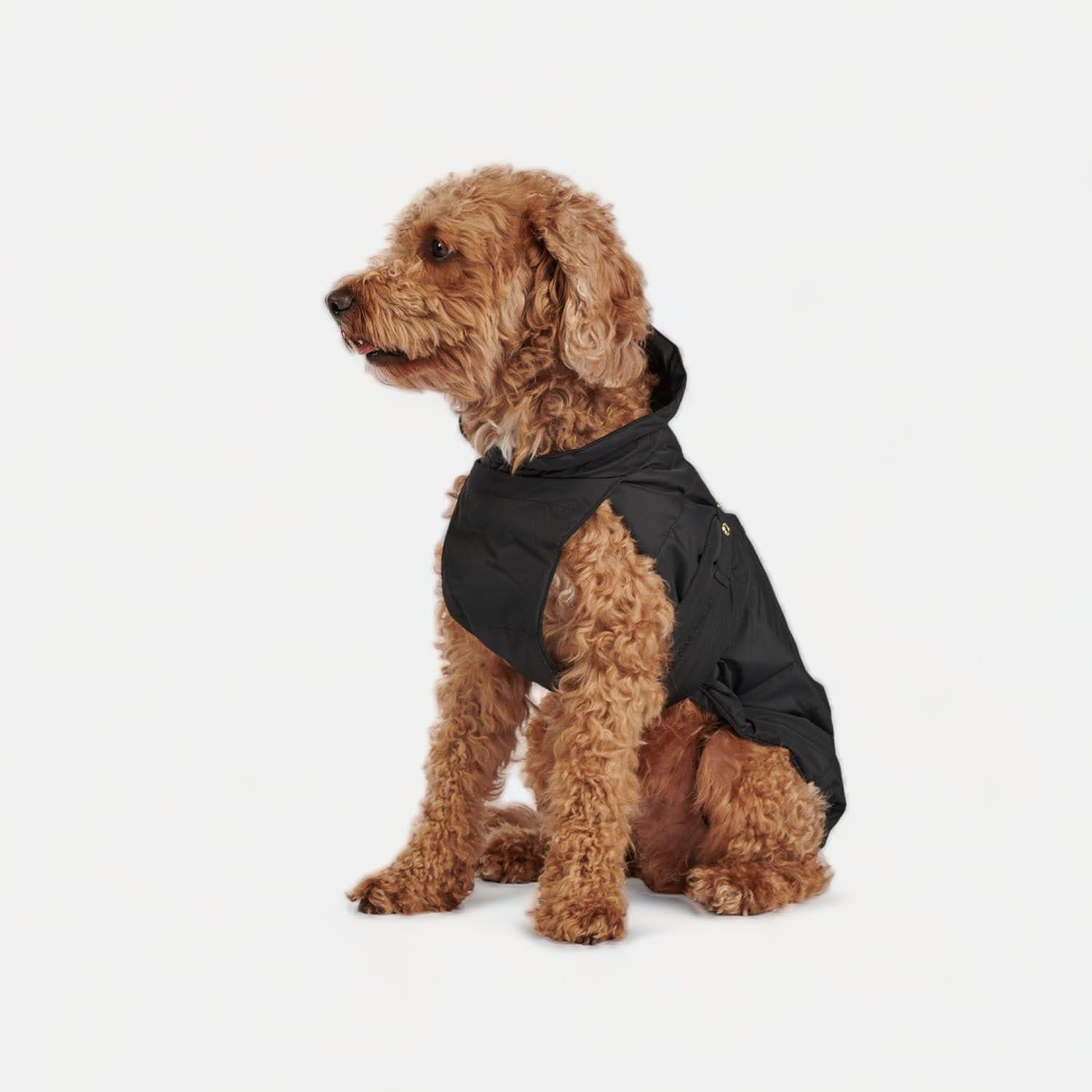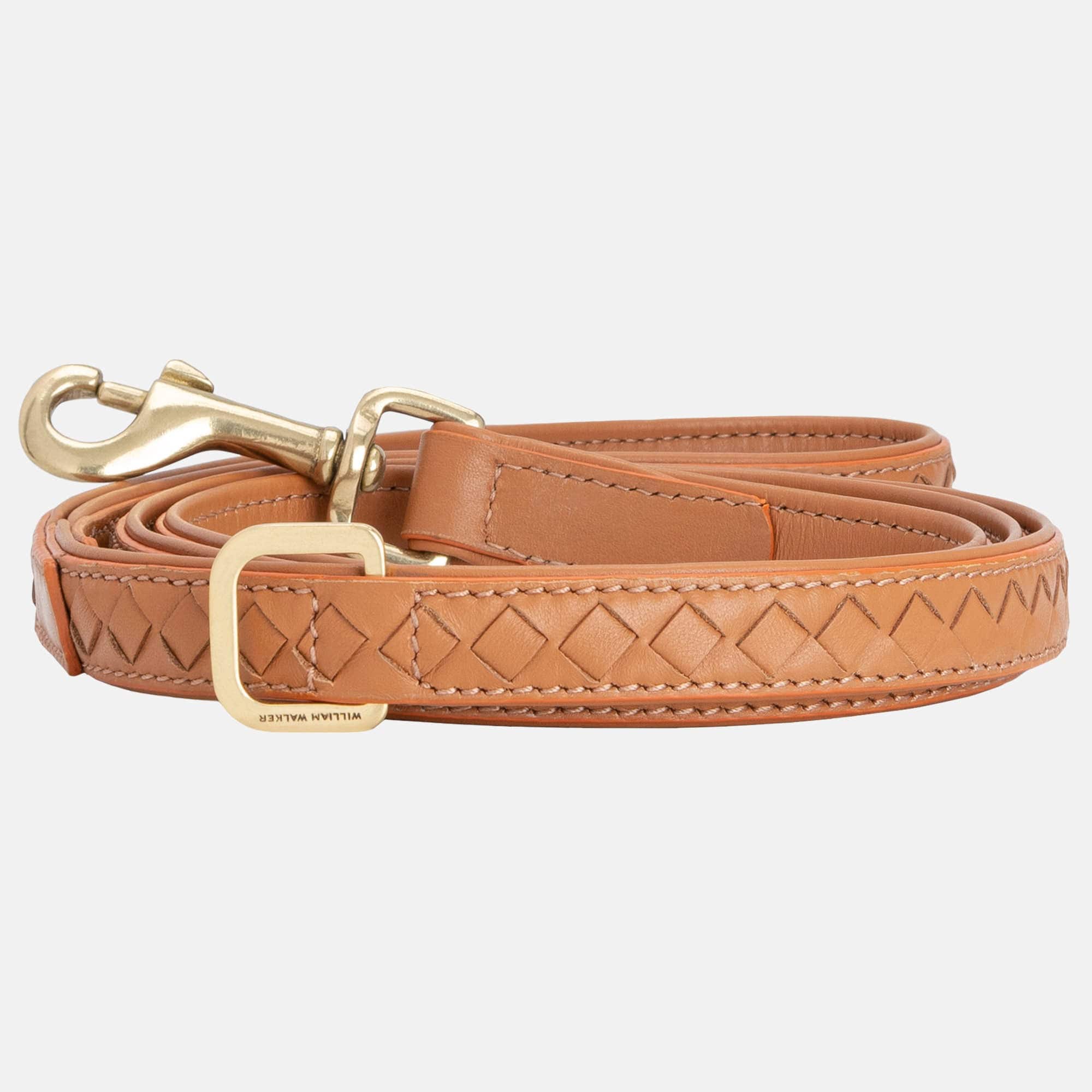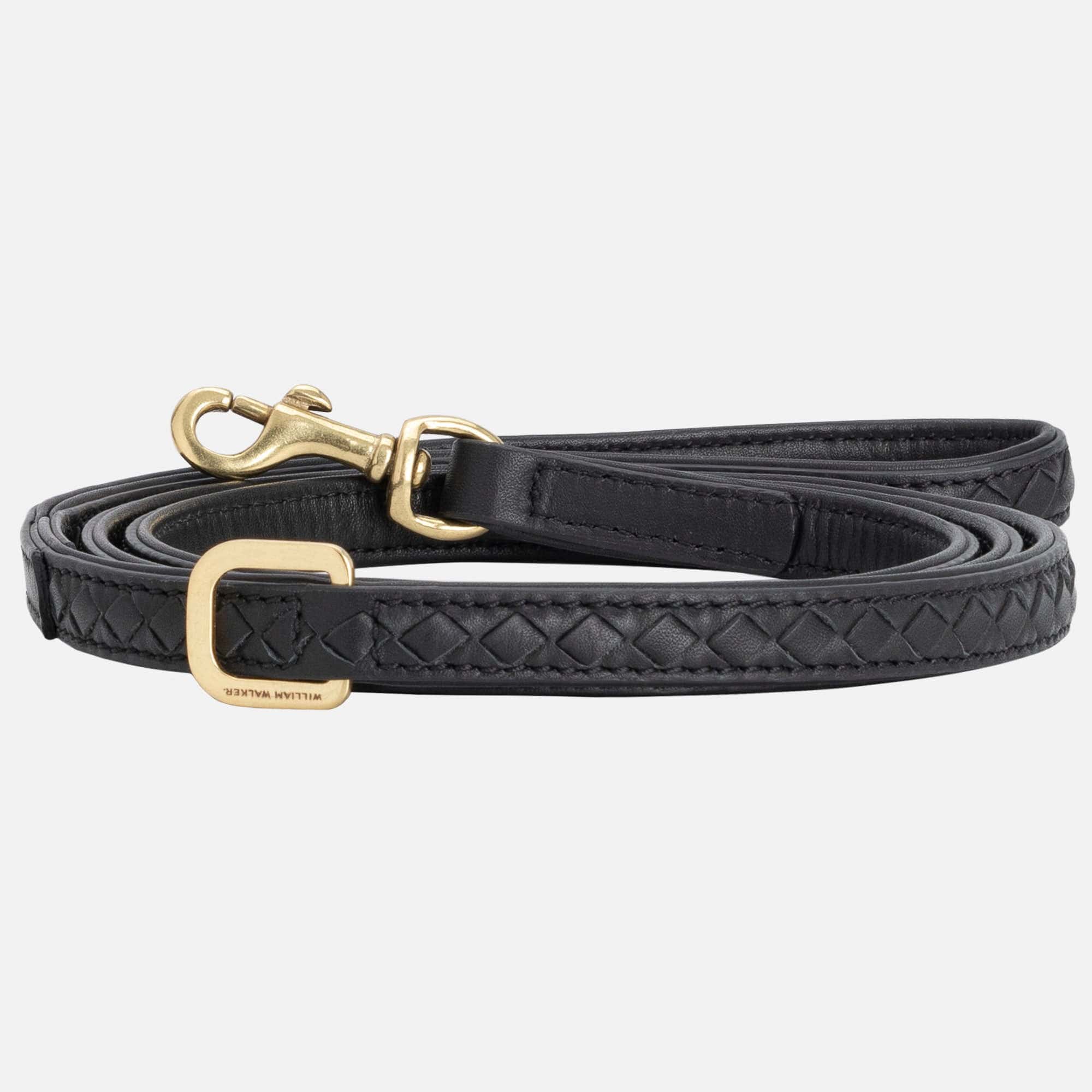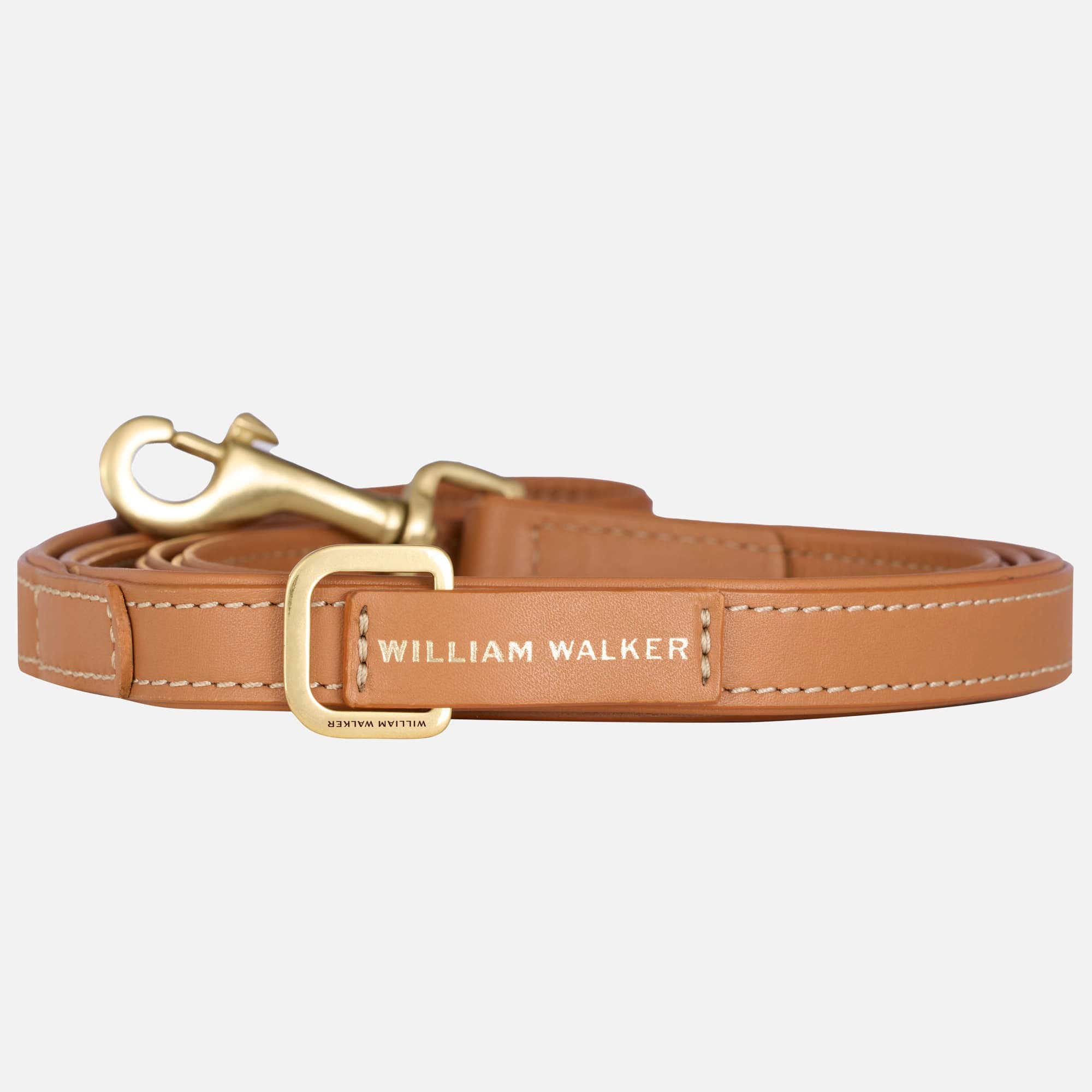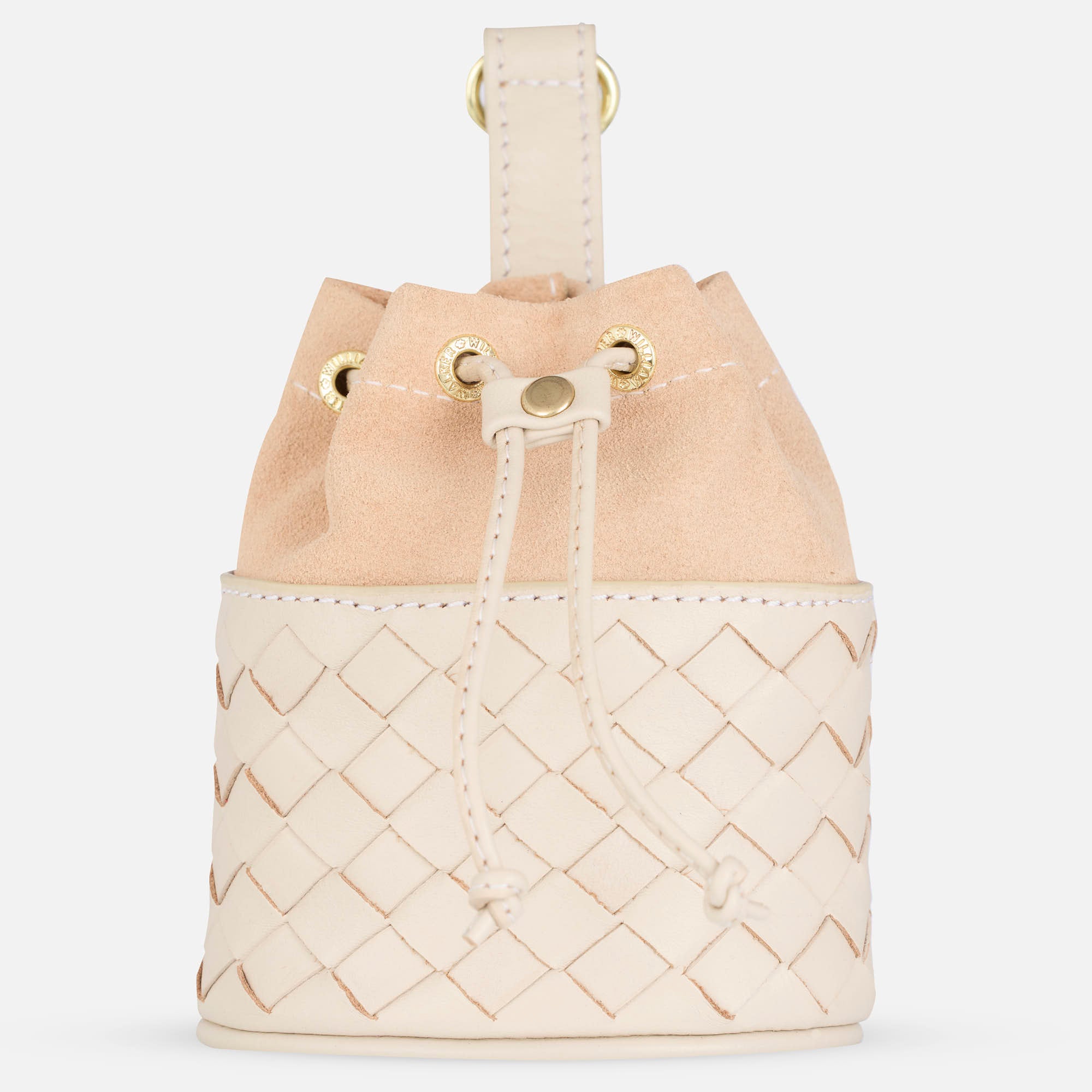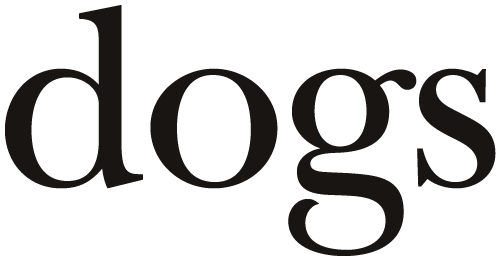
"Dogs that bark don't bite" is the saying. Surely every dog owner has heard this saying before. Just like "The dog wags his tail, he is happy". But unfortunately these myths, the reason for already so some "bite attacks" have been. The misjudgements about the state of mind of a foreign or also the own dog, can have unpleasant consequences. And since in German households currently about 10.1 million dogs as four-legged roommates (1), communication problems between man and dog, but also between dog and dog are pre-programmed. In order to solve communication problems and to avoid misjudgements in the future, we want to make you a little more familiar with the dog language here.
Ear position of the dog
Our four-legged friends have excellent hearing and perceive even very quiet sounds in the environment. At the same time, their ears also serve as a means of communication. If they are laid back or turned backwards, the dog is probably insecure, suspicious or submissive. If, on the other hand, the ears are erect and pointing forward, your dog is just alert. If the ears are pointed strongly forward, this can stand for an aggressive or offensive mood.
Change of body size
Also the change of the body size is used as a means of communication and can be interpreted accordingly. The ducking of a dog and thus the shifting of the body's center of gravity downward and backward, for example, is considered a universal sign that he does not want to be touched, is afraid or insecure or submits. If, on the other hand, he shifts his body's center of gravity upward and forward, thus making himself larger, this is a sign of aggressiveness and dominance and should be carefully observed.
Change of head posture
The direction in which the dog looks can also be interpreted. If the dog turns his head sideways, he shows that he is not aggressive, perhaps even rather insecure. If, on the other hand, he points his head frontally at another dog, he symbolizes power and that he is not afraid.
The tail
Especially the tail position of the dogs is often misinterpreted. Because as already indicated above, not every dog that wags its tail is also automatically happy. On the contrary, a wagging tail can also mean aggressiveness or fearfulness, because a wagging tail is merely a sign of excitement. So with a wagging tail, you should always pay attention to the entire dog and its demeanor. Lowering the tail or tucking the tail between the legs, on the other hand, is a relatively clear signal. It is an expression of a negative underlying emotion such as fear or insecurity.
Growl
The growling of our four-legged friend is always a serious signal and should be closely observed. It is also important not to scold in principle as soon as your dog growls, but to question what triggered the growl and what your four-legged friend wanted to express with it. Because growling is not always, as often assumed, a sign of aggressiveness. The dog only expresses his discomfort and it means nothing more than "Stop! I don't like it".
Bark
The saying: "Dogs that bark, don't bite", is unfortunately not true, but neither is every dog that barks aggressive. The fact is, every dog barks, (except for the Basenji breed, it's the only dog breed in the world that can't bark, they yodel! Follow us on Instagram for regular dog facts in our format WW Wiki) but if you know your dog, you can distinguish between a joyful bark and an aggressive bark. A dog that is in an aggressive mood will bark more deeply than a dog that is joyful. The sick dog A sick dog generally seems depressed and exhausted. His body is usually tense and has his ears folded back. The tail is lowered or tucked between the legs. He may also be breathing faster and avoiding movement.
The aggressive dog
An aggressive dog, shifts its body center of gravity up and forward. The entire body is tense and he makes himself as big and wide as possible. The tail is stiffly extended and only the tip wags quickly. In addition, the fur may stand up at the nape of the neck or the base of the tail, which can be interpreted as a clear signal.
The fearful / insecure dog
You can tell if your dog is anxious by the position of his body. If he shifts his center of gravity backwards and downwards, puts his ears on, tucks his tail between his legs and avoids eye contact, he is afraid. If this is particularly strong, there may also be enlarged pupils and trembling.
The relaxed dog
A relaxed dog, can both stand, sit or lie down. The tail hangs down loosely, the look is calm and no teeth are visible. You can clearly see his relaxed state of mind.
The happy dog
A happy dog is usually on the move. He runs around and and wags his tail joyfully and wildly. The entire body language is exuberant.
Conclusion: Communication is key!
Many of your dog's signals may look the same to you right now. It is important to observe your dog's entire body, from ears to tail tip, and with patience, you will become better at recognizing and responding to your dog's state of mind.
How is it with you? Do you directly recognize what kind of mood your four-legged friend is in at the moment? Write us your experiences in the comments, we are curious!
Sources: (1) Zentralverband Zoologischer Fachbetriebe Deutschlands e.V.; Industrieverband Heimtierverband e.V.: Der deutsche Heimtierbedarfsmarkt (2019) - Online unter: https://www.zzf.de/fileadmin/files/ZZF/Marktdaten/2019_Deutscher_Heimtiermarkt_und_Heimtierpopulation.pdf


























